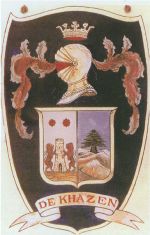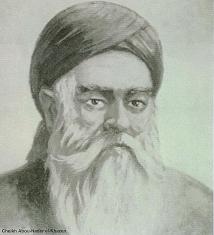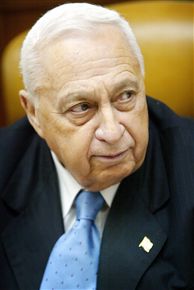
History
A Quick Note about the Khazen Family (An Introduction)
Written by Late Patriarch Boulos Massad, an Intellectual and Patriotic Man
Having we have seen that the Khazens were a main factor for Christians to be able to go back home in Keserwan, we decided to type this historical fact to keep it proven.
In summer 1922, we were able to trace in Saint Isaiah Abbey’s library (Which belonged to the Anthony fathers) literature written by patriarch Boulos Massad, titled: "Short enlightenment on origins of the honorable family, El Khazen". This literature was part of a book named ‘Al Dor Al Manthoum’. They were 10 pages from 301 – 310 and the manuscript was clearly and beautifully written. The man who was responsible for copying this brief note was Boulos Barhoush, a priest from Sahel Alman. He probably started copying this history before Massad was appointed a patriarch on 12 November 1854 and finished it on 22 March 1855, three months later as mentioned in last pages of the book.
"Al Dor Al Manthoum" was printed in Tamish Abbey in 1863 but this summary and other summaries written by the patriarch himself were not. We will add to this information, more information which we have discovered about Emir Fakhr Al Din and Cheikhs Abi Nader and Abi Nawfal, two brave heroic men who dominated this history indeed. This will fill the gap.
The crown Khazen family was born by the Maronite Chediak Sarkis El Khazen. This glorified personality lived in a village called Jaj in Mount Lebanon but following unknown circumstances and as time went on, he left his home in 1545 and moved with his family to another village called El Dar near to Keserwan but after some time, he moved again to another village called Ballouna in Ajaltoun, Keserwan. There he settled down with his children Abi Sakr Ibrahim and Abi Safi Rabah.
 In 1621, Emir Fakhr Al Din appointed Cheikh Abi Nader and his uncle Cheikh Abi Safi el Khazen
In 1621, Emir Fakhr Al Din appointed Cheikh Abi Nader and his uncle Cheikh Abi Safi el Khazen




